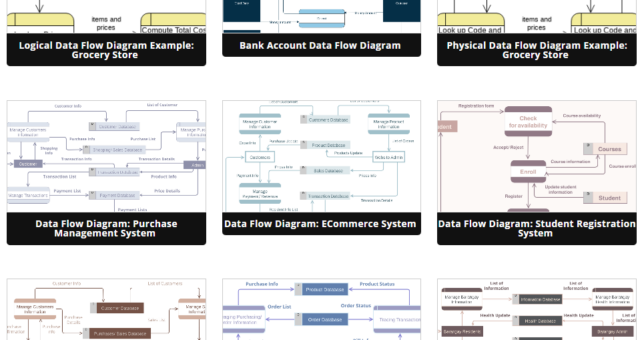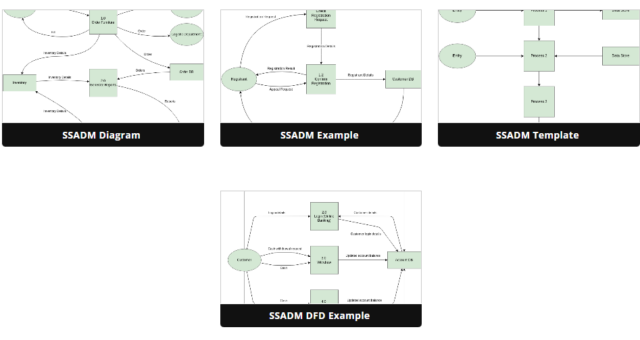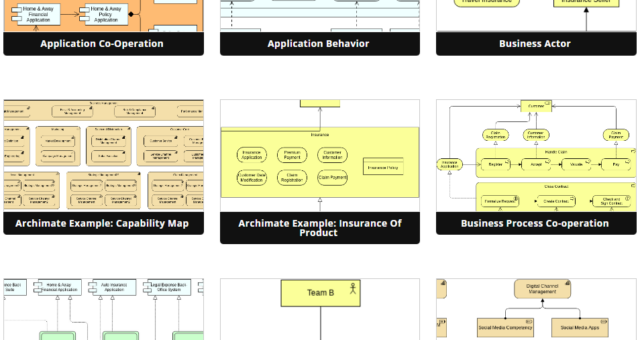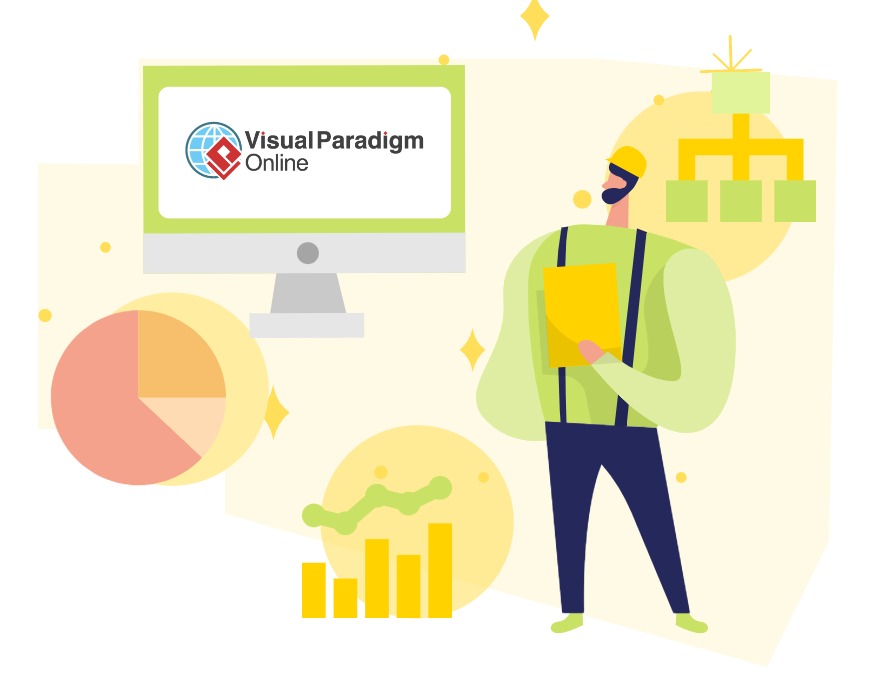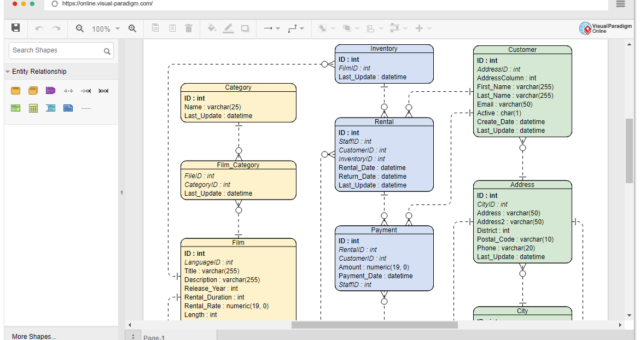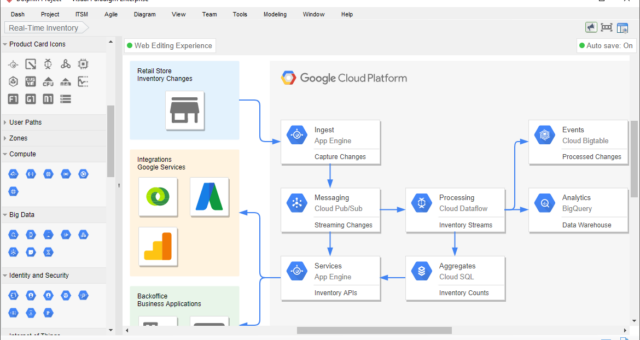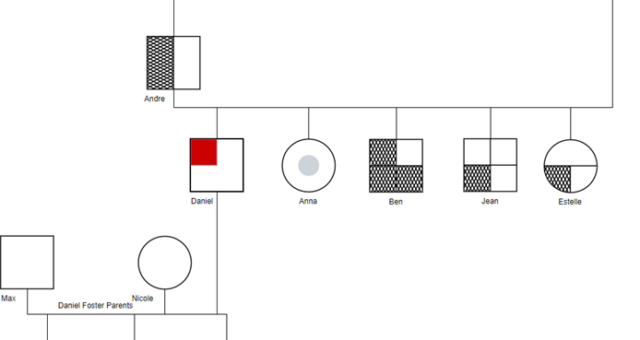Beginner’s Guide to Data Flow Diagrams (DFD) with Visual Paradigm Online
Introduction Data Flow Diagrams (DFD) are a powerful visual tool for representing and analyzing the flow of data within a system or process. They help in understanding how data moves through different components and processes, making it easier to identify bottlenecks, inefficiencies, and opportunities for improvement. In this beginner's guide, we will introduce you to Data Flow Diagrams and show you how to create them using Visual Paradigm Online, a versatile diagramming tool with a large collection of templates. What is a Data Flow Diagram (DFD)? A Data Flow Diagram is a graphical…continue reading →

